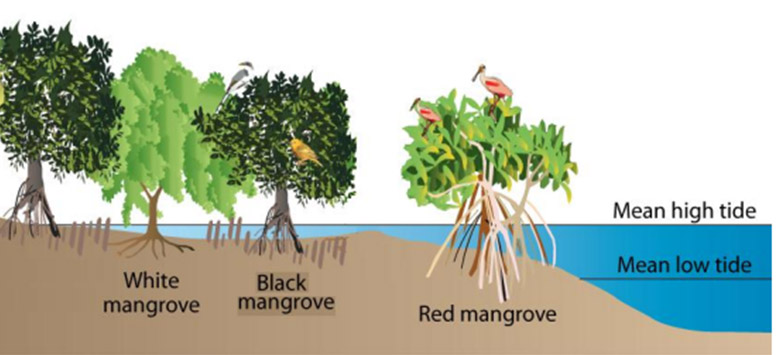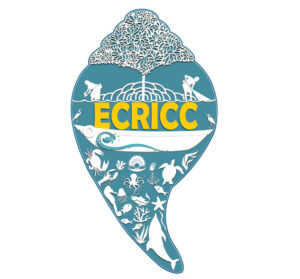Mangroves and their species
Mangroves are categorised into three types i.e., black mangroves, red mangroves and white mangroves. Generally, mangroves develop in soil with salinity from 0 to 90 ppt and more than 110 different species of mangrove trees are estimated to exist of varying heights. For more details – Click Here

“The red mangrove is closest to the water, while the white mangrove is found the farthest from the water (near the inland). Their positions depend on land elevation, water and soil salt levels, and tidal changes."
- Mangroves and their species
- Status of Mangroves
- Advantages of Mangroves over other coastal plants
- Mangroves usefulness for wildlife
- Benefits of Mangroves to human communities
- Mangrove’s contribution to the carbon cycle & climate resilience
- Threats to Mangroves and their ecosystem
- Conservation and protection measures for Mangroves in India
- Role of communities in conservation and protection of Mangroves
- References


